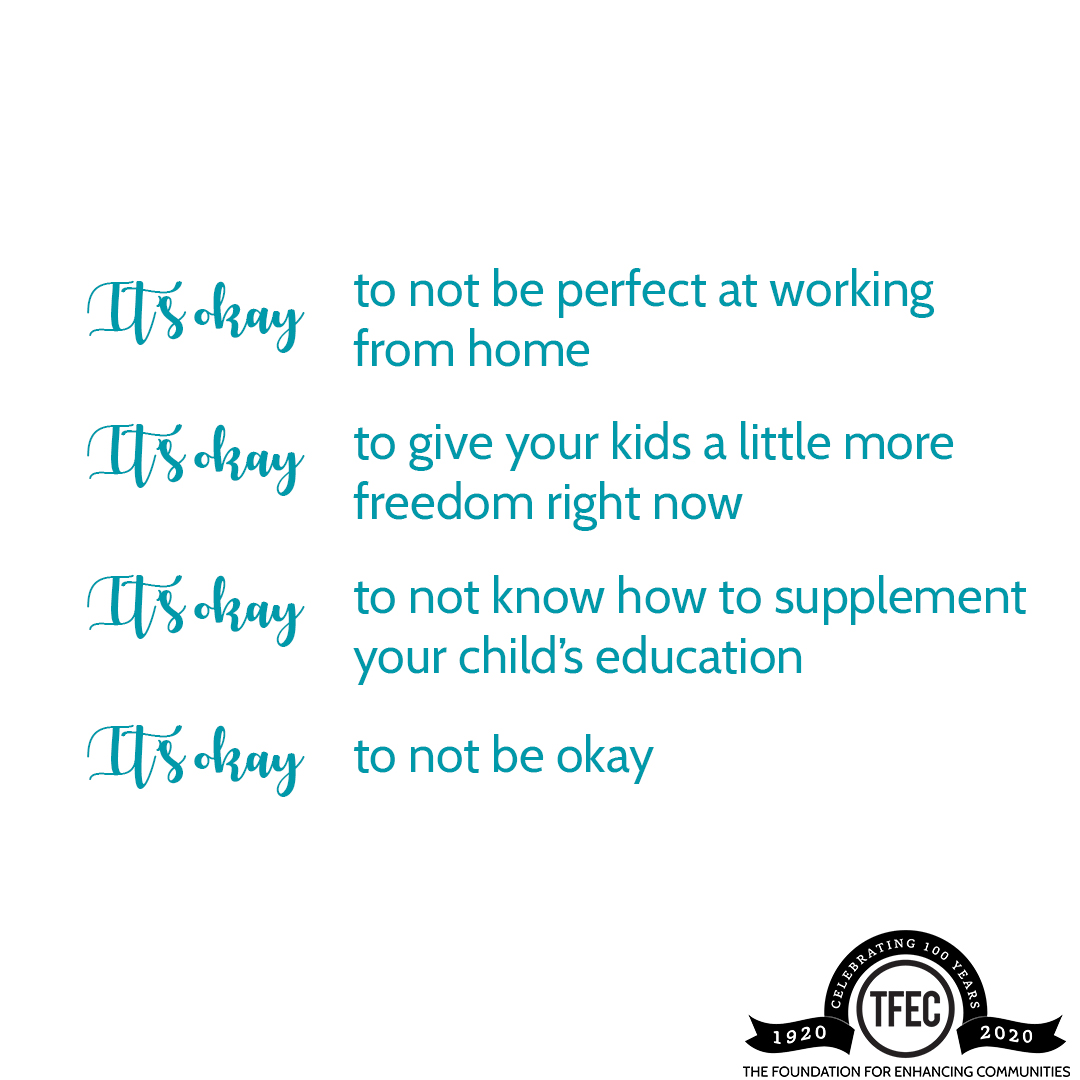Resources for a Trauma Informed Community
Trauma is a widespread, harmful, and costly public health problem. Trauma can include homelessness and transience, unemployment, disaster, war, poverty, substance abuse, domestic violence, and abuse and neglect. Traumatic exposure cuts across age groups, gender identity, socioeconomic status, race, ethnicity, geography, and sexual orientation. Becoming “trauma informed” means recognizing that people often have many different types of trauma in their lives. A trauma informed community involves understanding, recognizing, and responding to the effects of all types of trauma. The resources listed below focus on trauma informed and resilience-building practices.
Resilience. The ability to recover quickly from difficulties; toughness. Something we could all use a little more of right now. It can be hard to be resilient after tough times but there is a way out, a way to bounce back. Researchers have identified 4 “protective factors,” activities that provide them with the conditions that help the emergence of their resilience. Let’s explore the idea of resiliency together!
To learn more about Resiliency in Action visit https://www.resiliency.com/free-articles-resources/hard-wired-to-bounce-back/.
Communicate “The Resiliency Attitude”
“You have what it takes to get through this!” The challenge with the resiliency attitude is to both be aware of the problems and to draw upon the strengths a person has to solve them as well as to sincerely communicate the belief that the current problems can be successfully overcome.
Adopt a “Strengths Perspective”
Instead of focusing on your weaknesses, focus on what you are strongest at! Acknowledge all that you’ve been through to get here and how you can use your strengths to overcome any current obstacles you may be facing.
Surround Each Individual (or family member) with all Aspects of the “Resiliency Wheel”
The Resiliency wheel is made up of 6 components that can help individuals overcome adversity:
Provide care and support
Set high, but realistic, expectations for success
Provide opportunities for “meaningful contribution” to others
Increase positive bonds and connections
Set and maintain clear boundaries
Develop needed life skills
Give it Time
A resilient outcome requires patience. Identifying, celebrating, reinforcing, and nurturing the growth of these positive human traits is the most important skill we can collectively develop to help ourselves and others be more resilient.
Parents/Caregivers
Understanding Childhood Trauma
Talking About Trauma in Public
Through Our Eyes (video): https://www.ovc.gov/pubs/ThroughOurEyes/
First Impressions – Exposure to Violence and a Child’s Developing Brain (video): https://www.youtube.com/watch?v=brVOYtNMmKk
Toxic Stress (video): https://developingchild.harvard.edu/science/key-concepts/toxic-stress/
Early Childhood Immigration and Trauma, Build Initiative (video): http://bit.ly/toolkittrauma
Providers/Teachers
Understanding Childhood Trauma
Talking About Trauma in Public
Through Our Eyes (video): https://www.ovc.gov/pubs/ThroughOurEyes/
First Impressions – Exposure to Violence and a Child’s Developing Brain (video): https://www.youtube.com/watch?v=brVOYtNMmKk
Toxic Stress (video): https://developingchild.harvard.edu/science/key-concepts/toxic-stress/
Early Childhood Immigration and Trauma, Build Initiative (video): http://bit.ly/toolkittrauma
Community Members
Case Statement for Trauma Informed Approaches
Guidelines and Standards of Practice for Trauma Informed Communities
Organizational Change Manual – University of Buffalo
Trauma Informed Organizational Assessments
Talking About Trauma in Public
Children and Trauma for Mental Health Professionals
Trauma Informed Practices in Schools
Effects of Trauma on Urban Children
Coping with Emotional and Psychological Trauma
Effects of Trauma on Children and Adolescents
Understanding Childhood Trauma
Trauma Resources Institute: https://www.traumaresourceinstitute.com/home
Through Our Eyes (video): https://www.ovc.gov/pubs/ThroughOurEyes/
First Impressions – Exposure to Violence and a Child’s Developing Brain (video): https://www.youtube.com/watch?v=brVOYtNMmKk
Toxic Stress (video): https://developingchild.harvard.edu/science/key-concepts/toxic-stress/
Early Childhood Immigration and Trauma, Build Initiative (video): http://bit.ly/toolkittrauma


